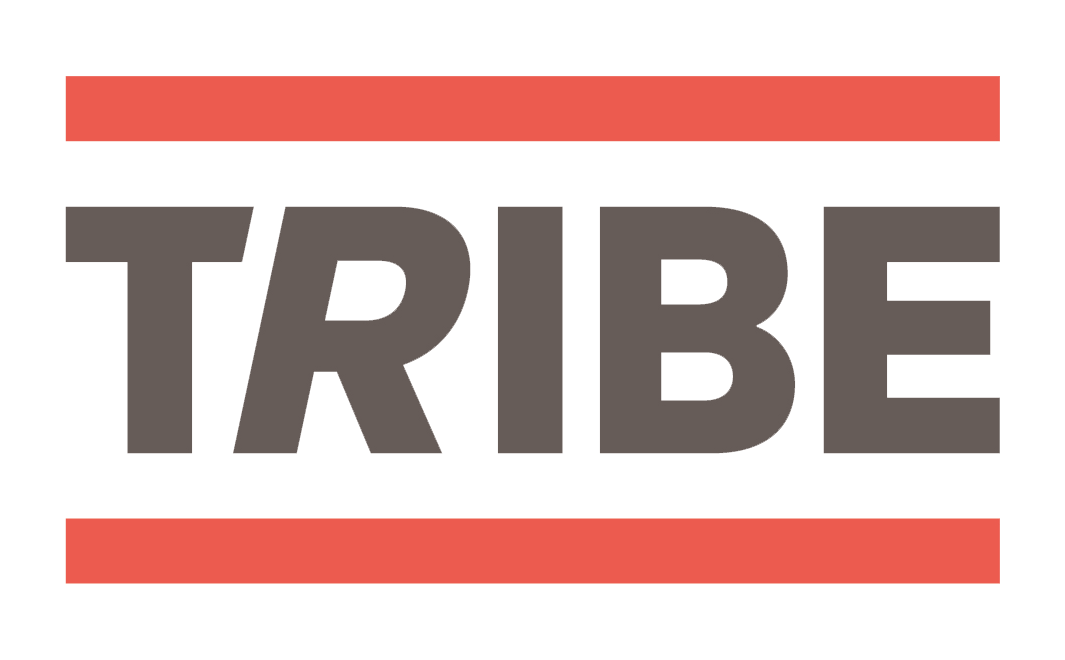There is so an abundance of information out there about recovery. From foam rollers, protein shakes, ice baths to compression gear the list goes on! We’ve already looked at ice baths, and seen just how complicated that can be, so lets simplify things a little bit and talk about 4 easy recovery hacks you can do to dial in your recovery.
-
Sleep - When you’re sleeping, your body is regenerating and repairing all the damage done during training. It’s when your body improves itself, and gets stronger for next time. Aim to get 8 hours of sleep a night for quality shut eye - if you want to follow the elites then the nap is king. A strong coffee immediately before a nap will leave you feeling fresh and help you avoid that groggy feeling when you wake up.
-
Eat - If you want to make the most of your training you’re going to need to eat. The research is varied on exact ratios, but consensus suggests that a 2.5:1 carb and protein snack immediately after a hard training session is ideal for bringing your body back to homeostasis, or where it wants to be. As a rule of thumb, if you want to train again within 8 hours, you should look to consume something within the first 20 minutes after exercise. A TRIBE 10 bar is a great before you eat a proper balanced meal. Remember that fuelling your recovery is vital not only to get the most benefit from your session but to allow you to go again next the next time.
-
Rehydrate - When you exercise you sweat. Sweat is composed of water and salts, both of which are essential for the recovery process due to their role in energy production and muscle contraction. Therefore, it is important to be on top of your hydration before, during and after exercise to maximise your recovery. A bottle of water with an electrolyte tab is perfect for restoring balance.
-
Warm up: Believe it or not, what you do before training may impact your recovery. An effective warm up can reduce mechanical damage caused by exercise. Try starting steady and building intensity during the first 10-20 minutes of your run. It’s worth incorporating some drills to activate your muscles, focus on good form and help raise your muscle oxygenation.
-
Cool Down: This helps your body deal with the metabolic waste created by your muscles. After your run, take 5-10 minutes to jog and walk to bring your heart rate down gradually. Then include some stretches, both passive and active, focusing on your calves, quads, hamstrings, glutes and hip flexors especially.
For me these are the keys to recovery. Of course everyone is different, and you may well have your own recovery techniques you swear by! This list is not exhaustive- I don’t shy away from the foam roller, compression leggings and even cherry juice- but my fundamentals I look to get right every time. What are yours?
Blog by James Barber. James is a Sport and Exercise MSCi student at the University of Bath, training and competing in triathlon, running and cycling. James’ work lies in improving endurance sport performance through the application of science.
Check out social Twttier @ jimmybarber96 & Instagram @iamjimmybarber

